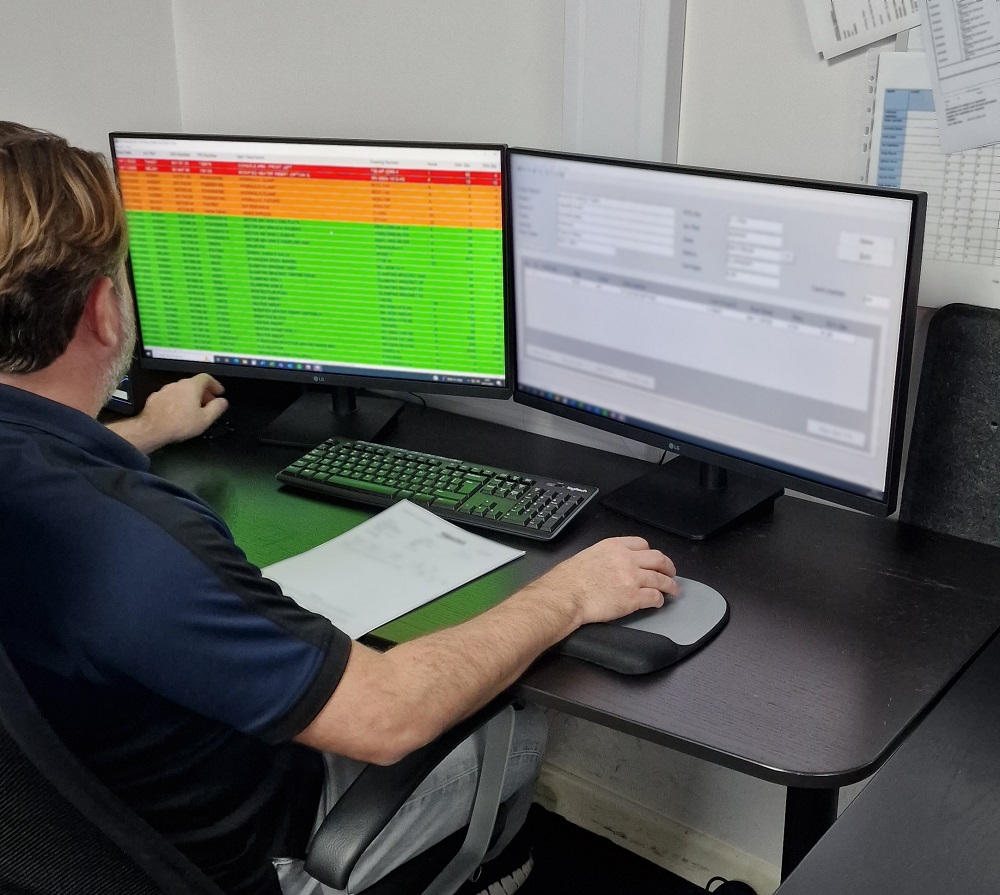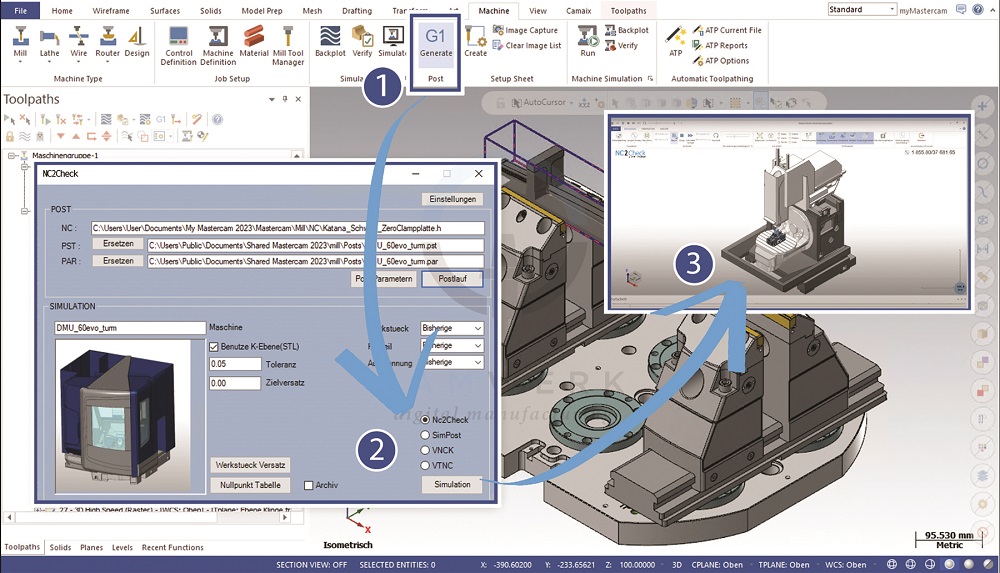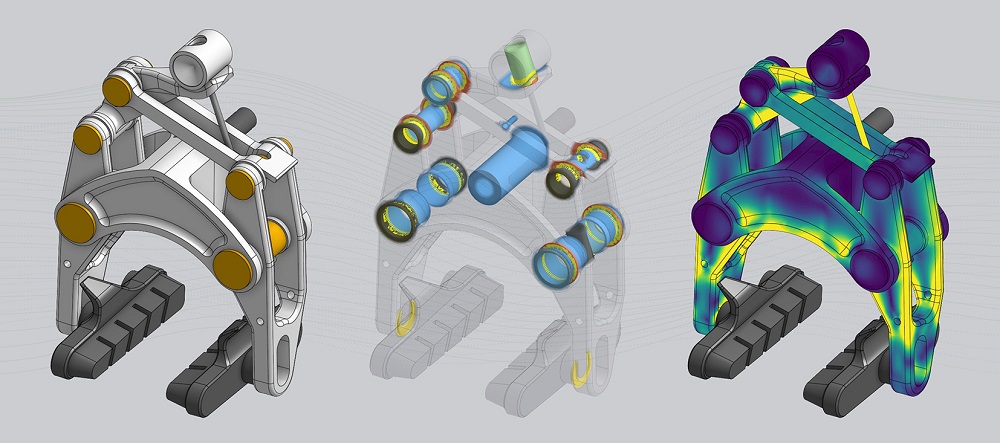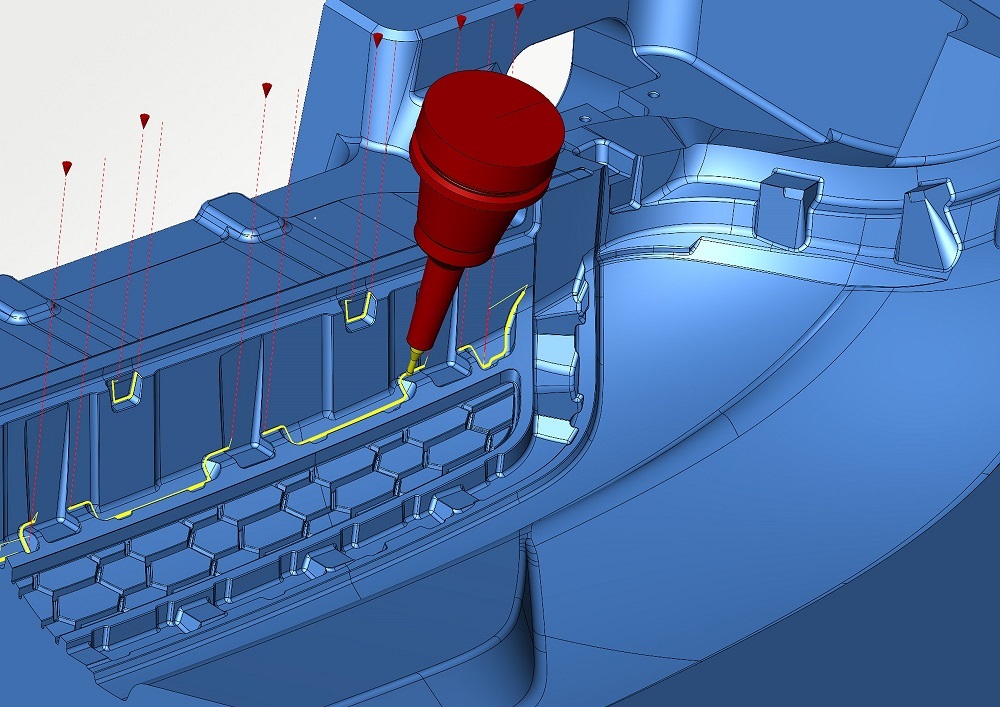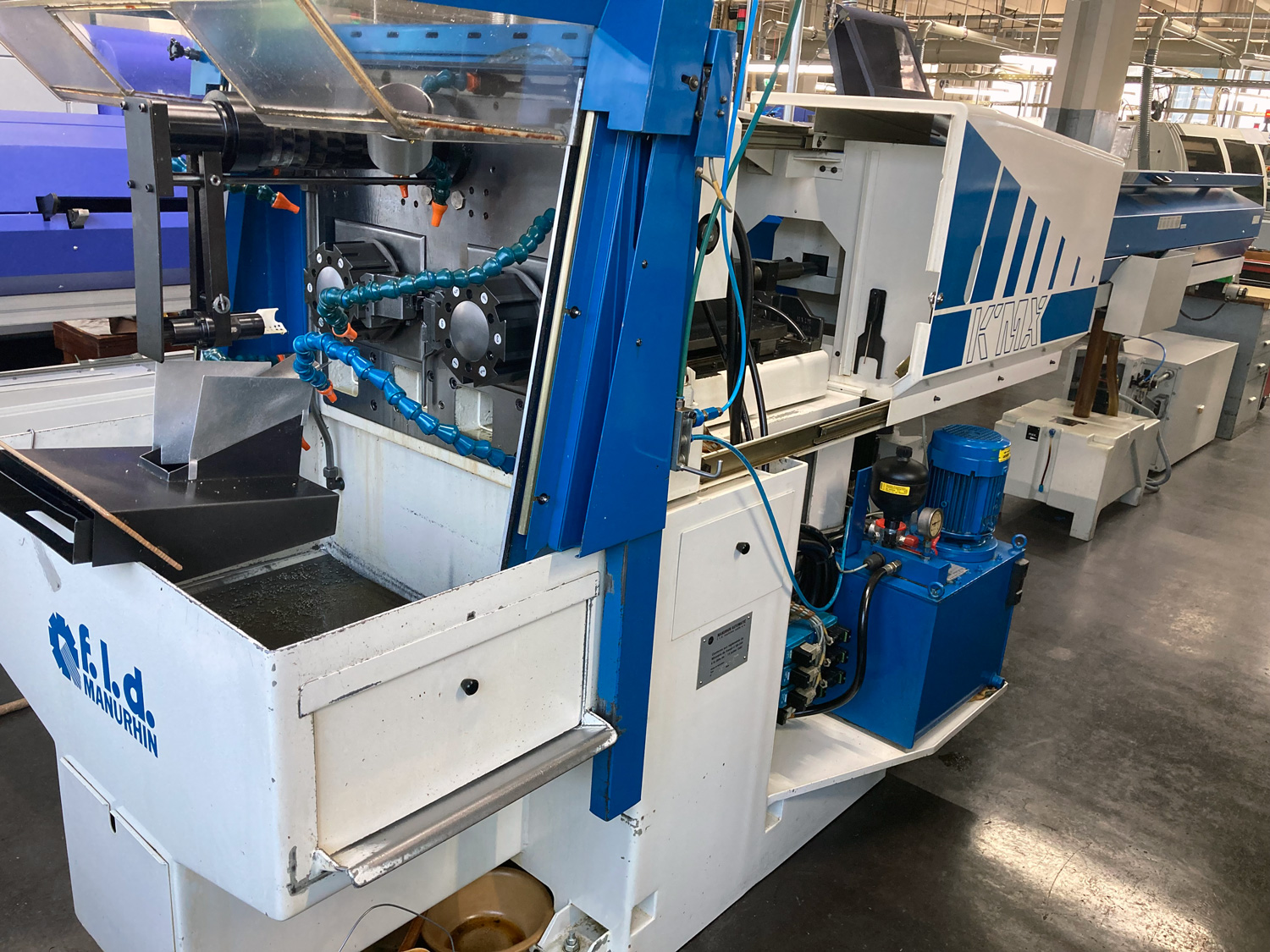Managers at subcontract specialist ADP Precision Engineering were on the lookout for a new production control system following accelerated growth of the business. The Newcastle-based company had been relying upon its Sage 50 accounting software to control production, supported by the manual input of manufacturing data into Excel spreadsheets and Word documents.
ADP recognised the need for software bespoke to the needs of the subcontract precision engineering industry and therefore selected PSL Datatrack, which would not only improve the administration of the company’s existing production processes, but also create a platform for the future.
Anthony Ingledew, ADP’s managing director, says: “We previously had to create a lot of manual documentation but, after the initial setup of PSL Datatrack, the result was a more centralised, efficient and streamlined system, which massively aids the flow of our the business.”
ADP acquired a number of PSL Datatrack modules covering sales, administration, purchasing, technical functions (including process layouts and work in progress), shop-floor data collection, finance and management. It is now possible to import invoicing data to Sage 50, which is now purely for accounting purposes.
One of the initial advantages for ADP was the time saved raising quotations, which became far more accurate and allowed quick adjustment for repeat business.
“We also found the training to be very clear and easy to implement, moving at a pace that suited us,” says Ingledew.“In addition, after-sales support has been excellent. There were a few things that we wanted to tweak, or add to certain reports, and these requests were dealt with in no time by PSL Datatrack.”
For further information www.psldatatrack.com






